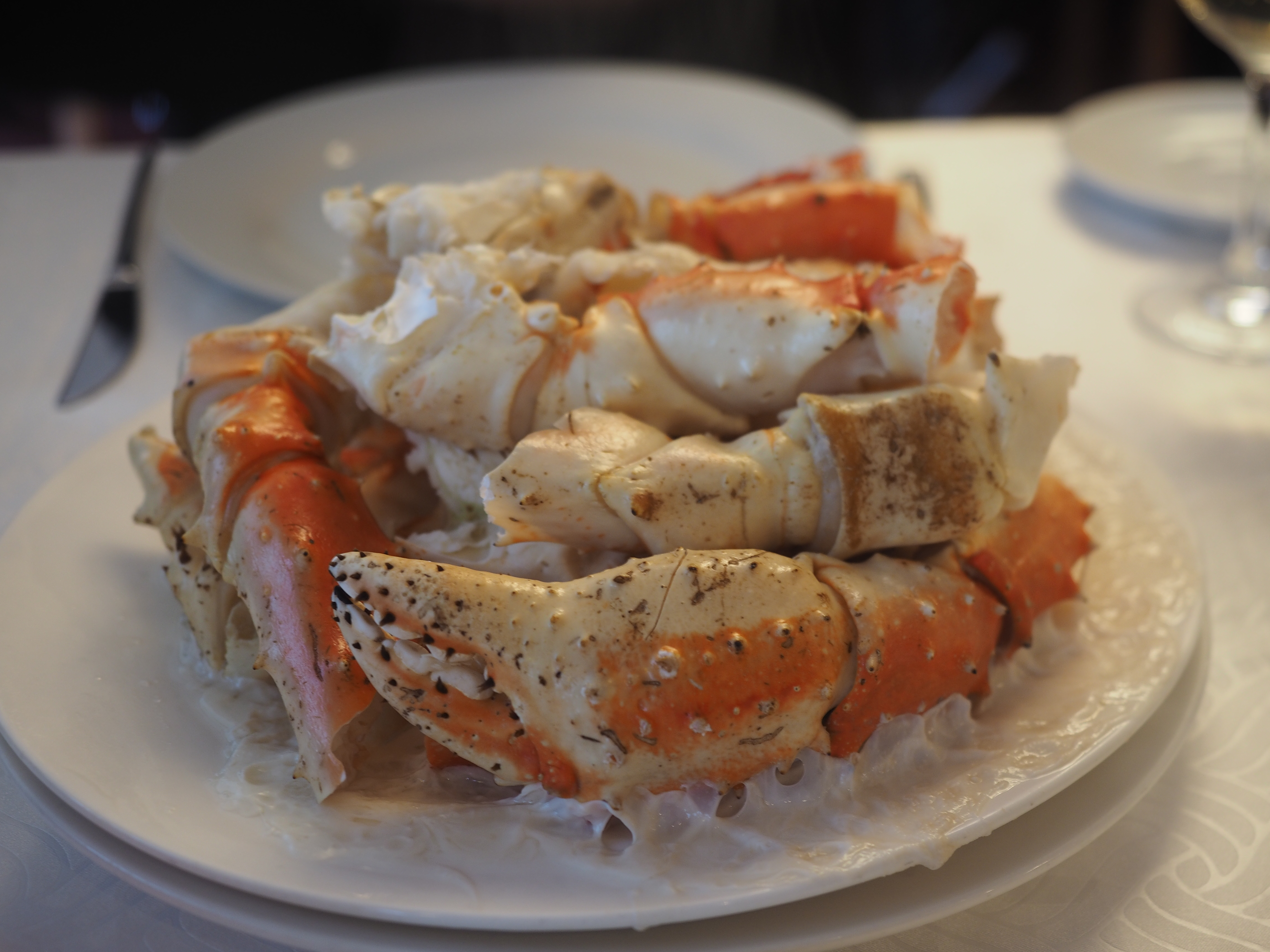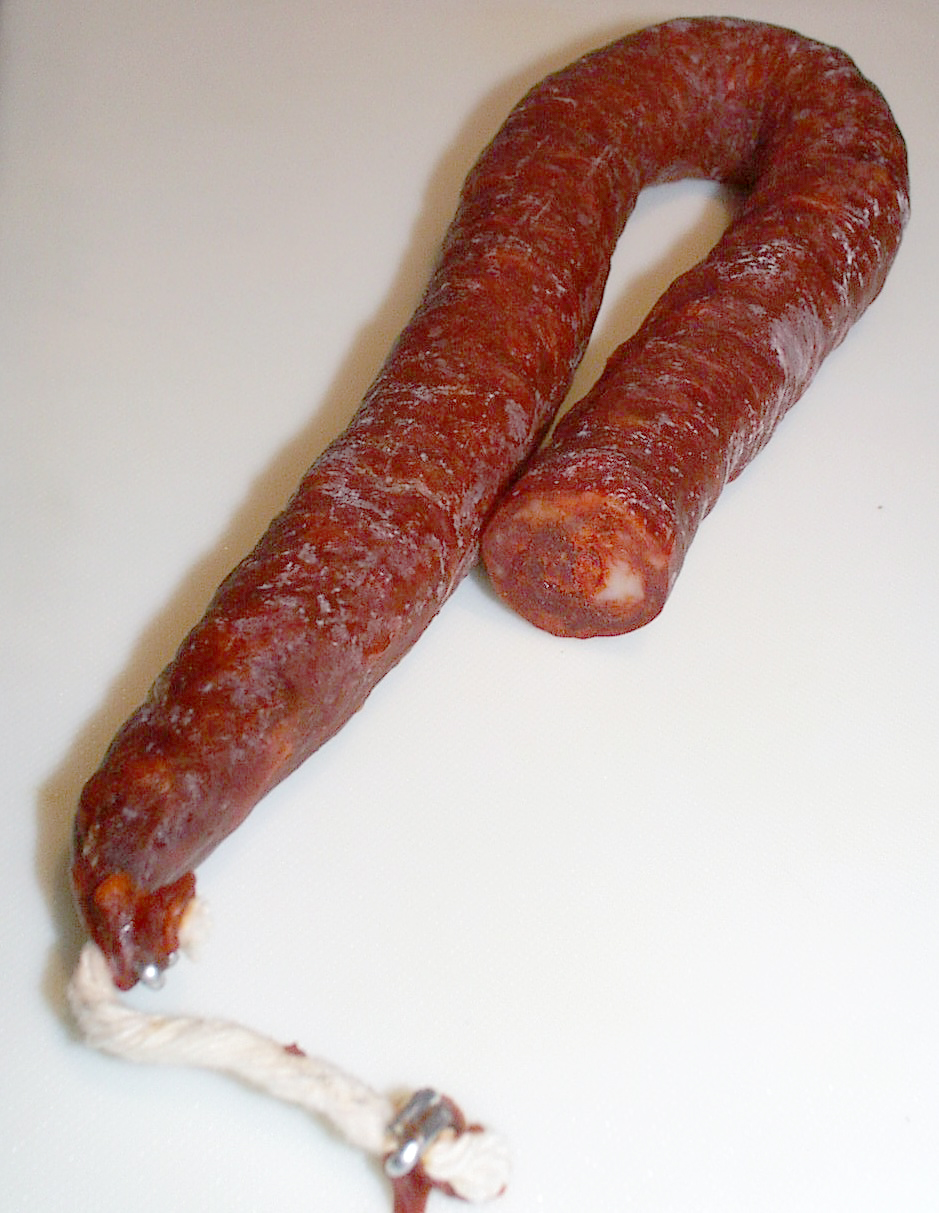|
Galician Culture
The culture of Galicia is the patterns of human activity and symbolism associated with the Galicia region of Spain and the Galician people. Literature As with many other Romance languages, Galician-Portuguese emerged as a literary language in the Middle Ages, during the 12th-13th century, when a rich lyric tradition developed. However, in the face of the hegemony of Castilian Spanish, during the so-called ''Séculos Escuros'' ("Dark Centuries"), from 1530 to 1800, it fell from major literary or legal use, revived again during the 19th century ''Rexurdimento'' with such writers as Rosalía de Castro, Manuel Murguía, , and Eduardo Pondal. In the 20th century, before the Spanish Civil War the ''Irmandades da Fala'' ("Brotherhood of the Language") and '' Grupo Nós'' included such writers as Vicente Risco, and Castelao; the Seminario de Estudos Galegos promoted the study of the language. Public use of Galician was largely suppressed in Francoist Spain but has been resurgent ... [...More Info...] [...Related Items...] OR: [Wikipedia] [Google] [Baidu] |
Galicia (Spain)
Galicia (; gl, Galicia or ; es, Galicia}; pt, Galiza) is an autonomous community of Spain and historic nationality under Spanish law. Located in the northwest Iberian Peninsula, it includes the provinces of A Coruña, Lugo, Ourense, and Pontevedra. Galicia is located in Atlantic Europe. It is bordered by Portugal to the south, the Spanish autonomous communities of Castile and León and Asturias to the east, the Atlantic Ocean to the west, and the Cantabrian Sea to the north. It had a population of 2,701,743 in 2018 and a total area of . Galicia has over of coastline, including its offshore islands and islets, among them Cíes Islands, Ons, Sálvora, Cortegada Island, which together form the Atlantic Islands of Galicia National Park, and the largest and most populated, A Illa de Arousa. The area now called Galicia was first inhabited by humans during the Middle Paleolithic period, and takes its name from the Gallaeci, the Celtic people living north of the Douro Rive ... [...More Info...] [...Related Items...] OR: [Wikipedia] [Google] [Baidu] |
Francoist Spain
Francoist Spain ( es, España franquista), or the Francoist dictatorship (), was the period of Spanish history between 1939 and 1975, when Francisco Franco ruled Spain after the Spanish Civil War with the title . After his death in 1975, Spain transitioned into a democracy. During this time period, Spain was officially known as the Spanish State (). The nature of the regime evolved and changed during its existence. Months after the start of the Spanish Civil War in July 1936, Franco emerged as the dominant rebel military leader and was proclaimed head of state on 1 October 1936, ruling a dictatorship over the territory controlled by the Nationalist faction. The 1937 Unification Decree, which merged all parties supporting the rebel side, led to Nationalist Spain becoming a single-party regime under the FET y de las JONS. The end of the war in 1939 brought the extension of the Franco rule to the whole country and the exile of Republican institutions. The Francoist dictatorshi ... [...More Info...] [...Related Items...] OR: [Wikipedia] [Google] [Baidu] |
Pimentón
Paprika ( US , ; UK , ) is a spice made from dried and ground red peppers. It is traditionally made from '' Capsicum annuum'' varietals in the Longum group, which also includes chili peppers, but the peppers used for paprika tend to be milder and have thinner flesh. In some languages, but not English, the word ''paprika'' also refers to the plant and the fruit from which the spice is made, as well as to peppers in the Grossum group (e.g. bell peppers). All capsicum varieties are descended from wild ancestors in North America, in particular Central Mexico, where they have been cultivated for centuries. The peppers were subsequently introduced to the Old World, when peppers were brought to Spain in the 16th century. The seasoning is used to add color and flavor to many types of dishes in diverse cuisines. The trade in paprika expanded from the Iberian Peninsula to Africa and Asia and ultimately reached Central Europe through the Balkans, which was then under Ottoman r ... [...More Info...] [...Related Items...] OR: [Wikipedia] [Google] [Baidu] |
Octopus
An octopus ( : octopuses or octopodes, see below for variants) is a soft-bodied, eight- limbed mollusc of the order Octopoda (, ). The order consists of some 300 species and is grouped within the class Cephalopoda with squids, cuttlefish, and nautiloids. Like other cephalopods, an octopus is bilaterally symmetric with two eyes and a beaked mouth at the center point of the eight limbs. The soft body can radically alter its shape, enabling octopuses to squeeze through small gaps. They trail their eight appendages behind them as they swim. The siphon is used both for respiration and for locomotion, by expelling a jet of water. Octopuses have a complex nervous system and excellent sight, and are among the most intelligent and behaviourally diverse of all invertebrates. Octopuses inhabit various regions of the ocean, including coral reefs, pelagic waters, and the seabed; some live in the intertidal zone and others at abyssal depths. Most species grow quickly, mature ea ... [...More Info...] [...Related Items...] OR: [Wikipedia] [Google] [Baidu] |
King Crab
King crabs are a taxon of decapod crustaceans chiefly found in cold seas. Because of their large size and the taste of their meat, many species are widely caught and sold as food, the most common being the red king crab (''Paralithodes camtschaticus''). King crabs are generally thought to be derived from hermit crab-like ancestors within the Paguridae, which may explain the asymmetry still found in the adult forms. This ancestry is supported by several anatomical peculiarities which are present only in king crabs and hermit crabs. Although some doubt still exists about this hypothesis, king crabs are the most widely quoted example of carcinisation among the Decapoda. The evidence for this explanation comes from the asymmetry of the king crab's abdomen, which is thought to reflect the asymmetry of hermit crabs, which must fit into a spiral shell. Controversial taxon Although formerly classified among the hermit crabs in the superfamily Paguroidea, king crabs are now placed in a ... [...More Info...] [...Related Items...] OR: [Wikipedia] [Google] [Baidu] |
Centolla
''Lithodes santolla'', also known as the southern king crab, king crab or centolla, is a species of king crab, found off southern South America including the Falklands/Malvinas. On the Pacific side, it is found in Chile from Valdivia at around 40° S to Cape Horn at 60° S. On the Atlantic side, it is found off Argentina.It lives in the benthic zone at depths of . In Chile, it mostly lives at depths to , but south of 40° S it has been found at . It is a large crab that can reach up to in carapace length. The lucrative centolla fishery around Tierra del Fuego led to an incident in August 1967 when the Argentine schooner ' was found fishing from Gable Island and had to be escorted out of Chilean waters by the Chilean patrol boat '. This event among many others led to the Beagle crisis in the late 1970s. The United States Food and Drug Administration The United States Food and Drug Administration (FDA or US FDA) is a List of United States federal agencies, federal agency ... [...More Info...] [...Related Items...] OR: [Wikipedia] [Google] [Baidu] |
Chorizo
Chorizo (, from Spanish ; similar to but distinct from Portuguese ) is a type of pork cured meat originating from the Iberian Peninsula. In Europe, chorizo is a fermented, cured, smoked meat, which may be sliced and eaten without cooking, or added as an ingredient to add flavor to other dishes. Elsewhere, some sausages sold as chorizo may not be fermented and cured, and require cooking before eating. Spanish and Portuguese are distinctly different products, despite both getting their smokiness and deep red color from dried, smoked, red peppers (/). Iberian chorizo is eaten sliced in a sandwich, grilled, fried, or simmered in liquid, including apple cider or other strong alcoholic beverages such as . It is also used as a partial replacement for ground (minced) beef or pork. Names The word ''chorizo'' probably comes from the Late Latin 'salted', via the Portuguese ; it is a doublet of the Spanish word 'sausage', which was transmitted through Italian . In English, ''cho ... [...More Info...] [...Related Items...] OR: [Wikipedia] [Google] [Baidu] |
Rapini
Rapini or broccoli rabe () is a green cruciferous vegetables, cruciferous vegetable, with the leaves, buds, and stems all being edible; the buds somewhat resemble broccoli, but do not form a large head. Rapini is known for its bitter taste, and is particularly associated with Mediterranean cuisine. Classification Native to Europe, the plant is a member of the tribe Brassiceae of the Brassicaceae, Brassicaceae (mustard family). Rapini is classified scientifically as ''Brassica rapa'' var. ''ruvo''. It is also known as broccoletti, broccoli raab, broccoli rabe, spring raab, and ruvo kale. Turnip and bok choy are different varieties (or subspecies) of this species. Description Rapini has many spiked leaves that surround clusters of green buds that resemble small heads of broccoli. Small, edible yellow flowers may be blooming among the buds. Rapini is a source of vitamins vitamin A, A, vitamin C, C, and Vitamin K, K, as well as Potassium in biology, potassium, Calcium in biolo ... [...More Info...] [...Related Items...] OR: [Wikipedia] [Google] [Baidu] |
Caldo Galego
Caldo galego or simply ''caldo'' (in Galician), also known as ''caldo gallego'' (in Spanish), meaning literally “Galician broth”, is a traditional soup dish from Galicia. It is essentially a regional derivative (with added beans and turnip greens) of the very similar ''caldo verde'', the traditional soup dish of neighbouring Portugal. Ingredients include ''repolo'' (cabbage), ''verzas'' (collard greens), '' grelos'' (rapini), or ''navizas'' (sweet turnip greens); potatoes; white beans; and ''unto'' (lard). Additionally it can contain fatty pork, ''chorizo'', ham, or bacon (''compango''). It is served hot as a starter, often as part of ''xantar'' (lunch), and sometimes dinner. Traditionally it was usually served in ''cuncas'' (earthen bowls). Variations Depending on the availability of seasonal ingredients there are several variations: *Caldo branco includes chickpeas and beans. *Caldo chirlo or vigueiro *Caldo de castañas uses chestnuts See also * Cabbage soup * Caldo v ... [...More Info...] [...Related Items...] OR: [Wikipedia] [Google] [Baidu] |
Empanada
An empanada is a type of baked or fried turnover consisting of pastry and filling, common in Spanish, other Southern European, Latin American, and Iberian-influenced cultures around the world. The name comes from the Spanish (to bread, i.e., to coat with bread), and translates as 'breaded', that is, wrapped or coated in bread. They are made by folding dough over a filling, which may consist of meat, cheese, tomato, corn, or other ingredients, and then cooking the resulting turnover, either by baking or frying. Origins The origin of empanadas is unknown but they are thought to have originated in Galicia, a region in northwest Spain. A cookbook published in Catalan in 1520, ''Llibre del Coch'' by Robert de Nola, mentions empanadas filled with seafood in the recipes for Catalan, Italian, French, and Arabian food. By country and region Argentina Argentine empanadas are often served during parties and festivals as a starter or main course. Shops specialize in freshly m ... [...More Info...] [...Related Items...] OR: [Wikipedia] [Google] [Baidu] |





.jpg)